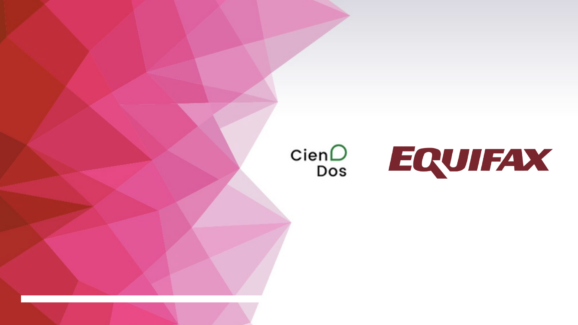3 easy ways to improve the design of your fintech digital product (when you’re not a designer)

Whether you’re a fintech or startup, we get it—when budgets are tight, design sometimes takes a back seat. But we can’t stress enough how crucial a great design and user experience can be in helping your product succeed. So, let’s look at three core areas that will help you get ahead: the WWW Method, improving your messaging, and gathering evidence to guide your design decisions.
The WWW method
Let’s kick off with a simple but incredibly powerful tool: the “WWW Method.” This is something you can use to assess any webpage or app screen and see if it’s doing its job. All you need to do is look at a screen and ask yourself three questions:
• What is this about?
• Why should I care?
• What should I do next?
These questions need to be answered in just a few seconds—if not, users will likely bounce. In our experience, many businesses are so close to their own product that they’re unable to step back and view their digital experience objectively. The WWW method forces you to simplify and refocus.
Elevating your messaging
Now, let’s talk about something we see many startups struggle with: messaging. Often, businesses either get lost in technical jargon or pitch their messaging too vaguely. Neither works well. It is far better to speak directly to the needs of your audience.
Messaging can be broken down into four levels:
Jargon fest: When content is full of internal speak, acronyms, and buzzwords. This is where messaging is trying too hard to sound impressive but ends up confusing people.
Features: Talking only about what a product does. E.g. “This laptop has 32GB of RAM.” Okay, so what? Not many people care about that unless they know why it matters.
Benefits: Moving on to how those features help users. E.g. “This laptop has 32GB of RAM so that you never have to close a browser tab again.” Now we’re talking!
Needs: This is where the magic happens—where your messaging connects with users on a deep, emotional level. E.g. “Sail through work and play’. That’s what users really need.
The higher you can pitch your messaging on this scale, the better your chances of resonating with your audience. But the only way of finding out how to do that is through gathering evidence by talking to your customers.
Gathering evidence
You are not your user. No matter how well you think you know your product, you can’t rely on assumptions about how people will use it. This is where user research comes in, and it’s even more crucial for startups with limited resources. The less you have to spare, the more important it is to be laser-focused on what really matters to your users.
There are two main types of research to focus on:
Quantitative Research: This is the “what.” It involves looking at analytics. For example, heatmaps can show where users are clicking, scrolling, or dropping off. Funnels can help you identify which parts of your sales process are causing users to leave. This kind of data is essential for identifying problem areas.
Qualitative Research: This is the “why.” It’s about digging deeper to understand why users behave the way they do. You can gather this insight through interviews, usability tests, and customer feedback.
A word of warning though. You can’t get the why from the what. If you’re looking at data and making assumptions about why something is happening, that’s all you’re doing. Making assumptions. You need to talk to real customers to find out why they’re behaving in that way.
Putting it all together
So whether you’re just starting out, or scaling up, there are three main things to keep in mind if you want to improve your design and user experience. First, use the WWW method to make sure your pages are clear and purposeful. Next, elevate your messaging to focus on needs rather than features. And finally, gather evidence through both quantitative and qualitative research to ensure your designs are grounded in real user behaviour.
Design and user experience aren’t things to “get around to later”—they’re the foundation of a successful product. If you take the time to apply these strategies, you’ll see the difference they make, not just in how users interact with your product, but in how they feel about it. And trust me, that feeling is what will keep them coming back.
How we got to these recommendations
We’ve gained this insight from witnessing firsthand the common challenges that fintechs face. For the last two years we’ve been running free design clinics for fintechs and startups, where we help them tackle all sorts of design issues. Find out more about our design clinics, or book one for yourself here https://interaktiv.studio/the-design-clinic
About Interaktiv Studio
We’re a boutique design studio that help startups and fintechs make and implement better user experience design decisions. https://interaktiv.studio/



